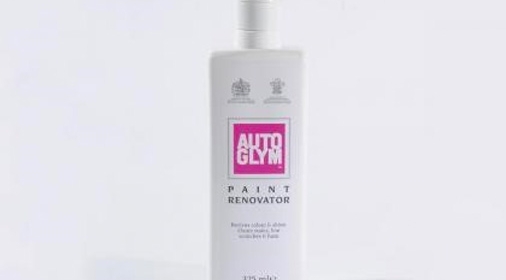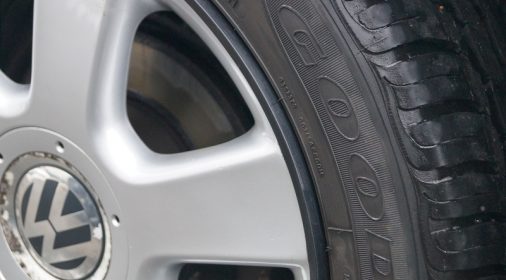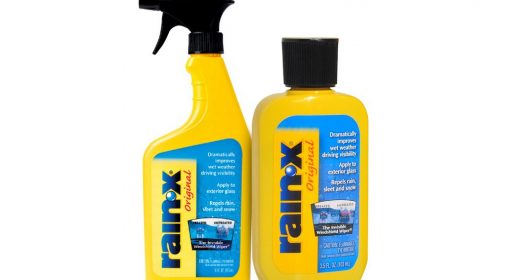What is Cutting Compound and How to Use It
Most of us want a car with paint that’s a rich colour with a clear, glossy shine. But over time it’s easy for the paint finish to become damaged and dull, marred with scratches and swirl marks. On older cars, oxidisation causes the paint finish to become dull and chalky.
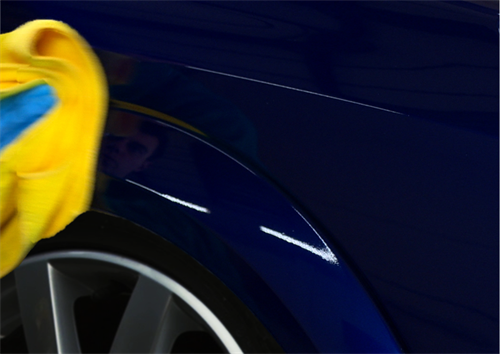
Many products promise to restore your paint to a showroom finish, and you’ve probably heard people recommend using cutting compound. But what is it, how does it work and can it be used at home?
What is cutting compound?
A cutting or rubbing compound is an abrasive material suspended in a paste that is used to restore car paintwork. It can polish out paint scratches and remove old and oxidised paint to reveal fresher paint underneath.
Get a Professional Repair Estimate Here
How does it work?
Cutting compound works to remove the top layers of the paint finish. It can be used to rejuvenate the paint in a variety of ways:
- Polishing out paint scratches and swirl marks
- Removing paint overspray
- Removing paint transfers and stains on your paint surface
- Blending in areas of new paintwork
- Restoring dull and weathered paintwork
- Smoothing paint finishes
Rubbing compound can be applied by hand with a cloth or circular applicator pad, or with a polishing machine using a wool pad.
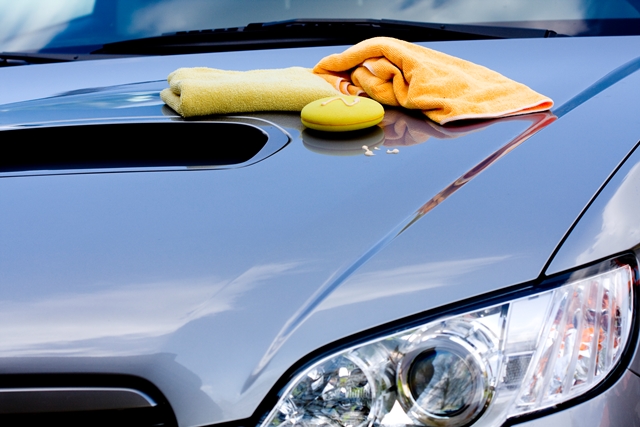
How to use it: Removing scratches
If you want to use a cutting compound to remove scratches and swirl marks in the paint, here’s what to do. Bear in mind that this works best on light, shallow scratches that are only in the top clearcoat.
Take extra care using it on corners and panel creases, where it’s easy to rub through the paint colour, revealing the metal beneath.
- Wash the car thoroughly to remove dirt and grit, then dry it
- Apply a small amount of cutting compound to your applicator and rub into the required area
- Use circular or backwards and forwards motions and keep a steady, light pressure
- Wipe away any leftover product before it dries and buff the area with a clean microfibre cloth
- Repeat application if needed
- Wax the area with a high-quality car wax
You may need to wax the car regularly after cutting to protect the newly exposed paint and prevent it going dull.
How to use it: Restoring the paint
If you want to apply the cutting compound to restore paint shine and remove oxidisation, the job is much bigger. It’s best to use a buffing machine rather than applying by hand for large areas. You should also work in sections from the top down, completing each section before moving on.
- Clean and dry the car thoroughly
- Clay bar the paint to remove contaminants – this step will make sure there’s nothing bonded to the paint
- Apply a small amount of cutting compound to the wool pad of the machine polisher. Apply this to the paint surface using light, steady strokes
- Wipe away any excess product before it dries
- Buff with a clean microfibre cloth or a machine polisher
- Continue until all sections of the car have been treated
- Apply a high-quality car wax to finish
Again, you will need to apply a regular wax to protect the paint.
Cutting compounds to try
There are plenty of cutting compounds for sale. The main difference between products is how abrasive they are. Here are a few popular compounds:
- Light abrasiveness: Turtle Wax Rubbing Compound
- Medium abrasiveness: T-Cut Scratch Remover
- High abrasiveness: Meguiar’s M105 Ultra Cut Compound
Bonus: Read our guide to using T-Cut and which product to choose.
Alternatives to try
Cutting compounds are abrasive paintwork products and may not be suitable to use on all cars. For minor paintwork issues like light swirl marks and dull colour, you may be better starting off with car polish.
Car polishing compound is similar to cutting compound but much less abrasive. It removes the top layers of wax and build-up to restore a glossy shine to the paint. It doesn’t remove layers of paint.
For best results, apply polish to restore shine and then apply a good quality wax to seal in the paintwork and maintain the shine.

